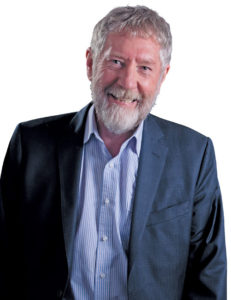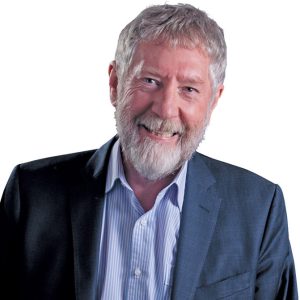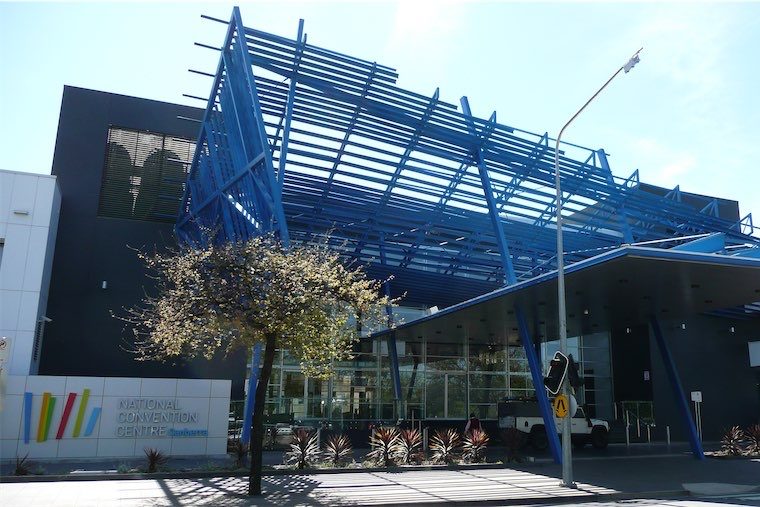 “So far, Canberra has been very fortunate. However, the risks to people here and the surrounding areas remain. I am proud to have been doubly vaccinated with AstraZeneca vaccine and encourage others to do the same,” writes columnist MICHAEL MOORE.
“So far, Canberra has been very fortunate. However, the risks to people here and the surrounding areas remain. I am proud to have been doubly vaccinated with AstraZeneca vaccine and encourage others to do the same,” writes columnist MICHAEL MOORE.
GETTING vaccinated against coronavirus disease has never been more urgent. The first wave was pretty scary. There was no vaccine. Countries and companies pulled out all stops to find a vaccine.

In that first round, countries were doing everything they could to protect hospitals and particularly the intensive care units in the fear that they would be overwhelmed. In many places they were. The Australian government provided financial support for individuals, workers and business.
Then, in Australia in particular, we became complacent.
With the virus spreading so widely internationally, it was only a matter of time before mutations would lead to a deadlier scenario. This outcome was widely predicted by virologists even before the advent of the highly infectious Delta and other strains.
Half the country was in lockdown in the past little while and Sydney has a long way to go before it is out of lockdown. Unlike NSW and Queensland, Canberrans are not even required to wear masks. A series of outbreaks in places such as Goulburn, Orange, Blayney and coastal venues have highlighted how dangerously contagious COVID-19 has become and should serve as a warning.
The ACT has been taking a wait-and-watch approach. Numbers of vaccinated people remain stubbornly low. The government tells us: “The ACT will not implement a hard border with NSW. Within our region there are thousands of essential workers who travel to the ACT each day, and thousands of people who rely on the ACT for essential goods and services”.
In contrast, the NSW Premier has been prepared to lockdown areas mapped out by local government boundaries.
Vaccination rates in Australia have been appalling when compared to other similar countries. Part of the reason is access to appropriate vaccines. But we can be fussy. Apart from in Sydney, the impression created by the government is that the risks from the AstraZeneca vaccine are greater than the risk of the disease.
The Delta variant has changed the risk profile. However, the rumour persists and people are reluctant to use the most widely available vaccine.
Complacency means that young people are able to wait for the Pfizer vaccine while supplies of AstraZeneca quietly slip into oblivion. Changes to recommendations from the peak vaccination advisory body, ATAGI, underline the NSW government position that recognised the importance of COVID-19 vaccination for all adults – no matter what the brand.
The story is different in other countries. At the time of writing there were huge inequities in the distribution of COVID-19 vaccines. In low-income countries just 0.2 per cent of the population was fully vaccinated. In lower-middle-income countries the percentage increases to around 5.4 per cent. Compare this to 14.9 per cent in upper-middle-income countries and 40.6 per cent in high-income countries.
The reality is that the risk of the disease is greater than risks associated with the vaccines. As epidemiologist Dr Priscilla Robinson, of La Trobe University, has pointed out: “The disease is spreading with about two million more cases last week. In fact, the big increases in cases have been in Vietnam (again) and Fiji (again) and Cuba that have increased by around 50 per cent”.
She pointed out in her “weekly report” that “a few countries have had surges of about 10-20 per cent, in such diverse places as Indonesia, Botswana, Malaysia, and perhaps I could add NSW for non-Australians”.
Dr Robinson also commented on world vaccination rates: “Sadly, and probably predictably, the people needing it most are getting it least”. And she identified the importance of supporting the World Health Organization’s COVAX program “because we can’t remind everybody enough that we are not safe until we are all safe”.
The reason for supporting COVAX in its work to distribute vaccines more equitably is shown in this chart:
| UN/WHO/World Bank economic group | % of populations partially immunised | % of populations fully immunised |
| Low-income countries | 1.10 | 0.20 |
| Lower-middle-income countries | 15.70 | 5.40 |
| Upper-middle income countries | 36.50 | 14.90 |
| High income | 52.40 | 40.60 |
| WORLD | 27.30 | 13.81 |
So far, Canberra has been very fortunate. It is probably as much about good fortune as effective management.
However, the risks to people in Canberra and the surrounding local government areas remain in place. I am proud to have been doubly vaccinated with AstraZeneca vaccine and encourage others to do the same.
Michael Moore is a former member of the ACT Legislative Assembly and an independent minister for health. He has been a political columnist with “CityNews” since 2006.
Who can be trusted?
In a world of spin and confusion, there’s never been a more important time to support independent journalism in Canberra.
If you trust our work online and want to enforce the power of independent voices, I invite you to make a small contribution.
Every dollar of support is invested back into our journalism to help keep citynews.com.au strong and free.
Thank you,
Ian Meikle, editor





Leave a Reply